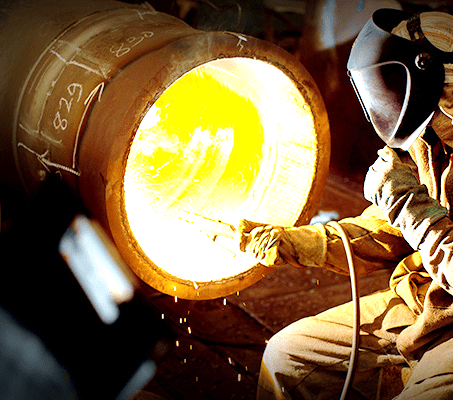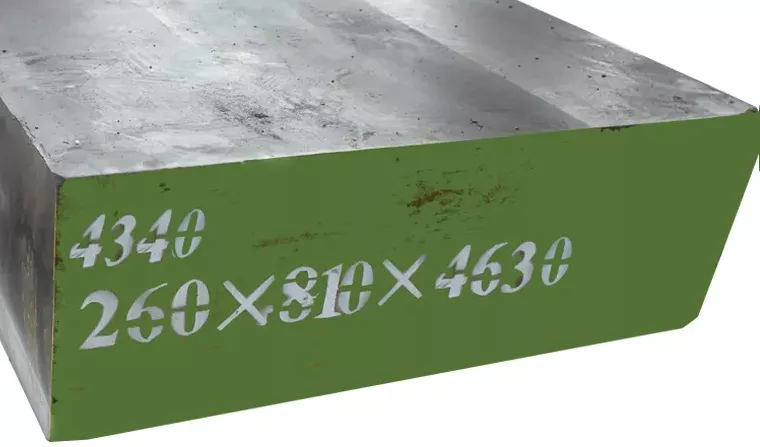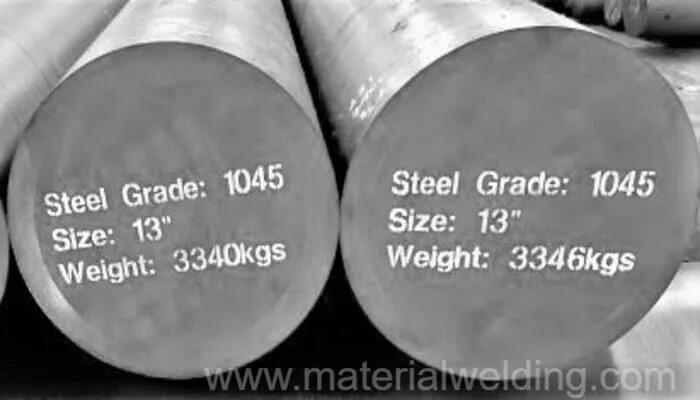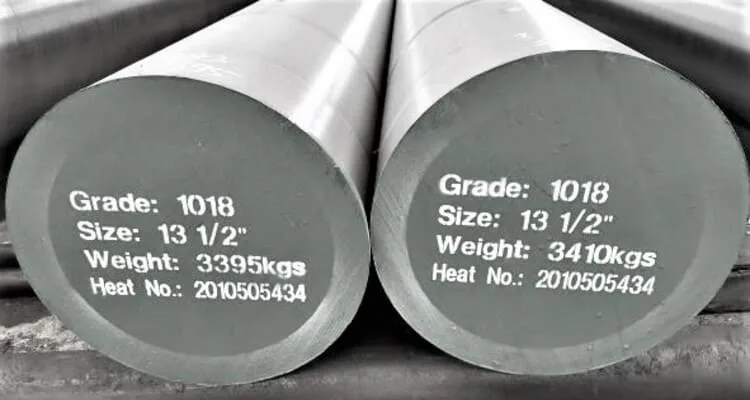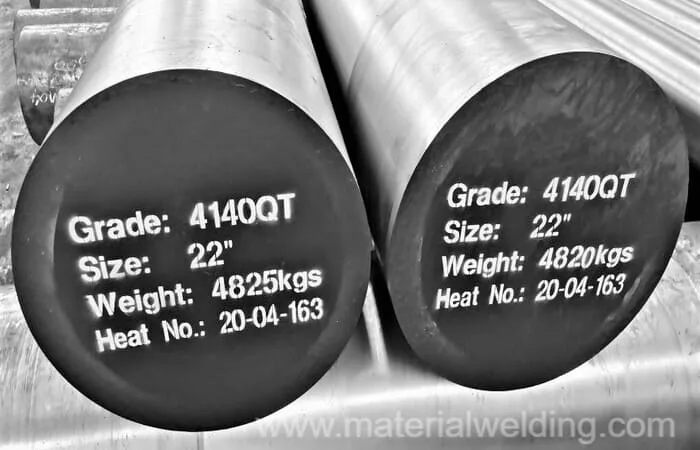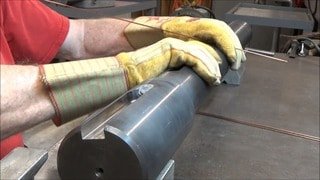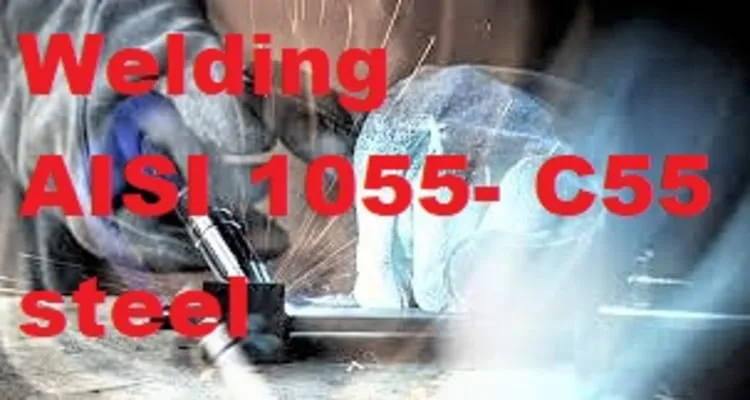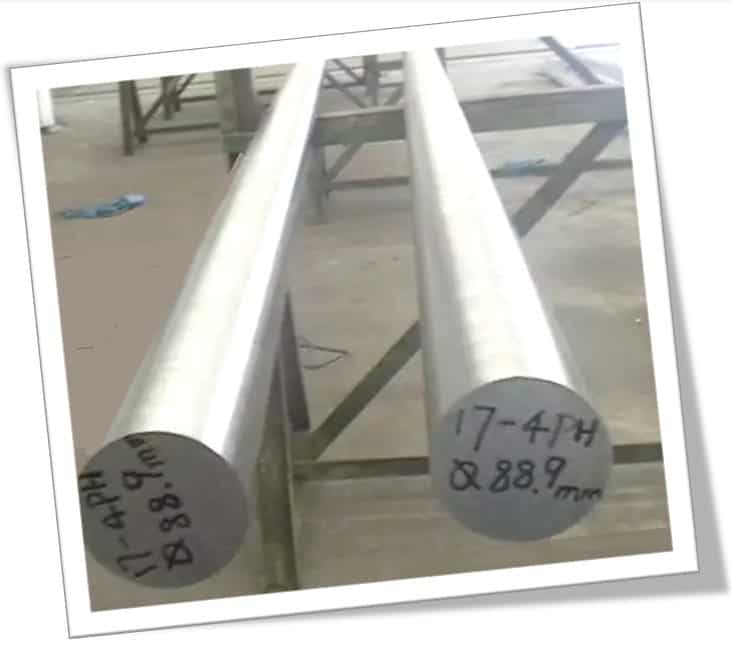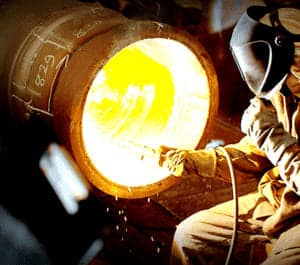AISI 8630 Steel
AISI 8630 Steel is a low-alloy steel that is known for its excellent strength, toughness, and hardenability.
It is often used in applications that require high tensile strength, such as in gears, shafts, and other critical components in the aerospace, automotive, and oil and gas industries.
This steel can be easily machined and welded, making it a versatile choice for many different types of applications.
8630 Steel Material Specifications
AMS (Aerospace Material Specification) standards are often used in the aerospace industry for materials and parts, while MIL-SPEC (Military Specifications) standards are used for military applications.
Example grades of AISI 4140 steel for AMS and MIL specifications are:
- AMS 6280, 6281, 6530, 6535, 7496.
- MIL S-18728, S-6050, S-16974.
ASTM (American Society for Testing and Materials) standards are commonly used in a range of industries, including construction and manufacturing, to ensure that materials and products meet certain quality and safety standards.
- ASTM A29, A322, A331, A513, A519 and A829.
SAE (Society of Automotive Engineers) standards are often used in the automotive industry for specifying materials and parts.
- SAE J404, J412, J1397
AISI 8630 Steel Equivalent Materials
The UNS Number of AISI 8630 Steel is UNS G86300.
AISI 8630 steel has several equivalent materials from different international standards. Here are some of the most common AISI 8630 steel equivalent materials:
- DIN 1.6545
- EN 34NiCrMo6
- JIS SNCM220
- AFNOR 30NC6
- BS 823M30
- UNI 30NiCrMo2KB
- GOST 30KH2N2M
AISI 8630 Steel Chemical Properties
AISI 8630 steel chemical composition are:
- Carbon (C): 0.28%-0.33%
- Silicon (Si): 0.15%-0.30%
- Manganese (Mn): 0.65%-0.95%
- Phosphorus (P): 0.035% max
- Sulfur (S): 0.040% max
- Chromium (Cr): 0.40%-0.60%
- Nickel (Ni): 0.35%-0.75%
- Molybdenum (Mo): 0.15%-0.25%
AISI 8630 Steel Mechanical Properties
AISI 8630 steel has a combination of mechanical properties that make it suitable for a wide range of applications.
The important mechanical properties of AISI 8630 steel:
- Tensile strength: 760 MPa (110,000 psi) minimum
- Yield strength: 620 MPa (90,000 psi) minimum
- Elongation: 20% minimum
- Hardness: 217-248 Brinell (HB)
The high tensile and yield strength of AISI 8630 steel makes it suitable for use in applications that require high strength, such as heavy machinery, automotive parts, and aircraft components.
The steel’s good ductility and toughness, as indicated by its elongation and reduction of area, allow it to withstand high stress and impact loads without fracturing.
The hardness range of 217-248 Brinell indicates that the steel can be hardened to a relatively high level, which is important in applications that require resistance to wear and abrasion.
8630 Steel Welding
AISI 8630 steel is a low-alloy steel that can be welded using several welding processes, including gas tungsten arc welding (GTAW/TIG), gas metal arc welding (GMAW/MIG), shielded metal arc welding (SMAW/stick), and submerged arc welding (SAW).
Click here for AISI 8630 Low alloy steel Welding guidelines.
AISI 8630 Steel Heat Treatment
- Normalizing: 870°C (1600°F) – 900°C (1650°F), followed by air cooling
- Annealing: 655°C (1200°F), followed by furnace cooling at a rate of 11°C (20°F) per hour down to 315°C (600°F), then air cooling
- Tempering: 200°C (400°F) – 400°C (750°F), depending on desired hardness and toughnes.
The most common heat treatment process for AISI 8630 steel is quenching and tempering. Here is a typical heat treatment cycle for AISI 8630 steel:
- heat the steel in a furnace to a temperature of 815-845°C (1500-1550°F) and hold at this temperature for at least 30 minutes.
- Austenitize the steel by heating it to 870-900°C (1600-1650°F) and hold at this temperature for 30-60 minutes.
- Quench the steel in oil or water to a temperature below 55°C (130°F).
- Temper the steel by reheating it to 540-660°C (1000-1220°F) and holding it at this temperature for at least 1 hour, depending on the desired mechanical properties.
- Cool the steel to room temperature.
